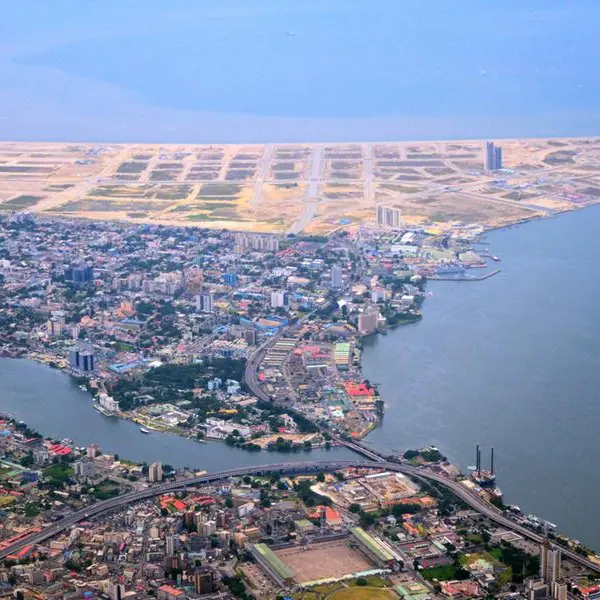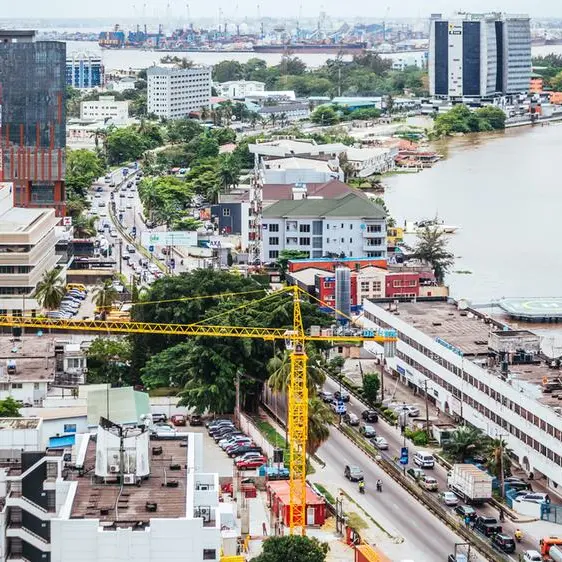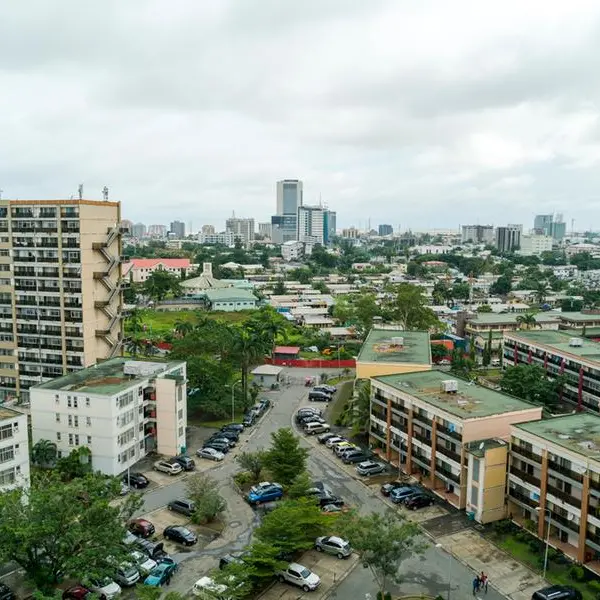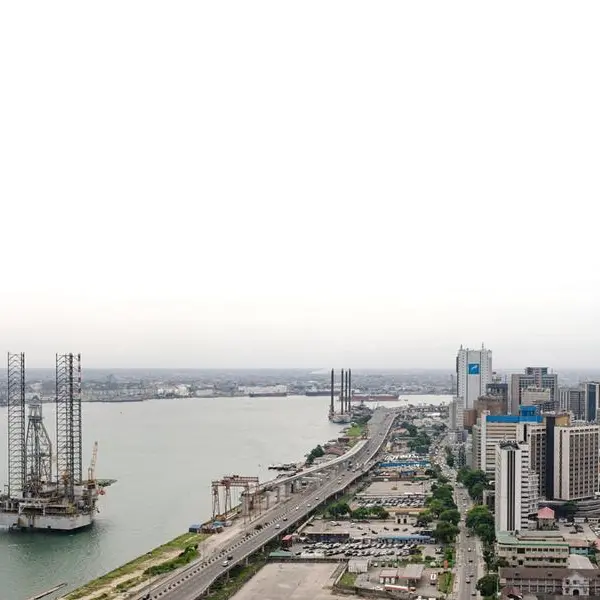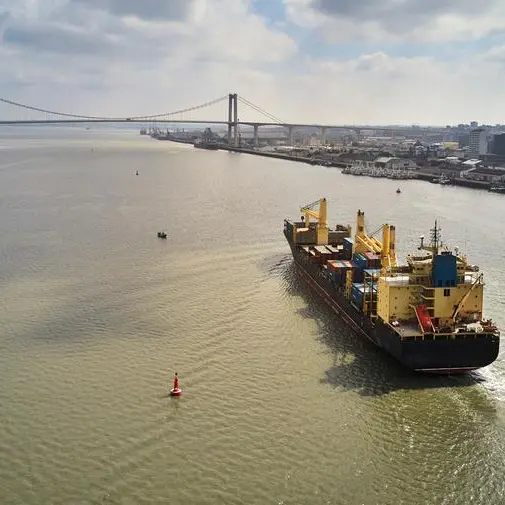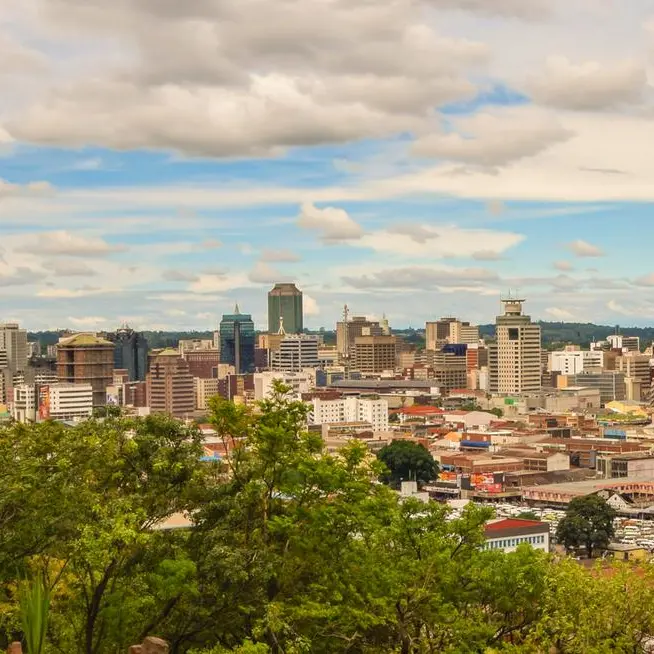PHOTO
Uganda this week formally terminated the contract of China Harbour Engineering Company (CHEC) to build the country’s first phase of the standard gauge railway (SGR), a 273-km line from Malaba to Kampala, almost eight years after the project was launched.
The Chinese firm failed to convince Beijing to finance it so Kampala terminated the contract in November 2022, and has now opted for a different financing model with Yapi Merkezi of Turkey. The Turkish firm which, incidentally, is building part of the Tanzanian SGR network, is expected to submit a response to government’s request for construction in the next few weeks, paving the way for procurement, said Uganda SGR Project Coordinator Perez Wamburu.
Read: Uganda ditches China, turns to Turkish firm to build SGRIn June 2022, Uganda’s Attorney General Kiryowa Kiwanuka started to review CHEC’s contract after it became apparent that China Exim Bank – Kampala’s main infrastructure projects financier of the past decade – had grown cold feet on bankrolling the SGR.“We read between the lines when China’s Ambassador to Uganda said that after the Covid-19 pandemic, China has become more cautious on financing big infrastructure projects in Africa. We all know that Covid didn’t leave economies of the world the same,” Wamburu said.
He explained that Uganda was forced to rethink its options and cast its net wider for other financiers when its last submission for financing to the Exim Bank went unanswered for nearly two years – a departure from the earlier practice when the Chinese responded to Kampala’s proposals within weeks.“From the time of our last submission for financing in February 2021, we have heard only silence. After submission, we wanted for a few months, it was silence, and up to now, it’s still silence from Exim Bank,” he said.
Uganda’s SGR first phase, initially awarded to CHEC in 2015, starts from the Malaba border post, and was expected to cost $2.2 billion – 85 percent of which was to be borrowed from Exim Bank – but the lender held back funding and repeatedly asked Kampala to table new requests for financing.
At the back of the Chinese reluctance was doubt that Kenya would build its SGR – also funded by the Exim Bank – all the way from Mombasa to Nairobi, Naivasha, Kisumu and through to Malaba, to link with Uganda’s in order to make the project viable.
Uganda’s decision to ditch the Chinese changes the realignment of the region’s project financing to Western financiers, raising the question of whether Beijing’s Africa juggernaut – using infrastructure-led diplomacy to win over the continent against its Western rivals – is finally losing steam.
Also read: Entebbe Airport ‘exposure’ was Museveni SGR turning pointAfter hitting a dead end with China Exim Bank, Uganda is now in discussions with several Export Credit Agencies (ECAs) to bankroll its SGR project, with officials suggesting that Kenya will go the same route.
Tanzania’s project is bankrolled by Western lenders.
Positive stageUgandan Finance Minister Matia Kasaija told The EastAfrican that Kampala has had “productive discussions with some friends” and that some are already “at a very positive stage” but which he is not at liberty to disclose until formal agreements are signed.
Sources indicate that one of the reasons Yapi Merkezi was invited is that the company, which is already in Tanzania, has experience with the financing model Uganda is taking, and can tap into its network to bring on board ECAs that will avail funds and breathe life into the moribund project.
Also read: Turkey wins bid to finance, build $1.9b Tanzania's SGRBut The EastAfrican has seen correspondence of proposals between Uganda government officials and potential financiers, including UK Export Fund (UKEF), which last September was said to be interested in bankrolling the SGR to the tune of £1.5 billion ($1.82 billion).
Frustrated by lack of progress with China Exim Bank, President Museveni last year directed his officials to open up the financing of the SGR to the world’s financial capitals, with London and UKEF as the first call in September 2022, to attract new investors, sources familiar with the project said.
Financing footprintContacted, UKEF did not deny nor confirm bankrolling Uganda’s SGR.“It would be premature to discuss whether UKEF could provide financial support for the project at this early stage,” the agency’s media relations manager told The EastAfrican.
But sources close to the discussions say the UK agency is keen on the project as a means to grow its financing footprint in Uganda’s infrastructure developments, having already financed projects in the country, including the Kampala Industrial Business Park and Kabaale International Airport.
The development in Kampala comes as Tanzania prepares to launch its inaugural trains on its SGR and Kenya continues to struggle to find funds to connect its line that terminates in Naivasha to the Malaba border to make sense to the Ugandan transporters.
In Dodoma, all indications have been that the trains will set off this month, but the launch has been shrouded in PR and less detail. Sources say the locomotives from South Korea are yet to be delivered. There has been concern over the proposed passenger fares and the Tanzania Railways Corporation is yet to settle the matter.
Mid last year, Tanzania tested the electric SGR line between Dar es Salaam and Morogoro, raising hopes of cheaper and faster transport. Once commissioned, the trains, running at an average speed of 160kph, are expected to cut the travel time between Dar and Morogoro to about two hours from four by bus and five by train on the metre gauge railway.
The 300km Dar-Morogoro line is the first phase of the SGR project, which is expected to run up to Mwanza on the shores of Lake Victoria and Kigoma on the northeastern shores of Lake Tanganyika in five phases. There are plans to add connections to Rwanda, Burundi and the Democratic Republic of Congo as part of the East African Railway Master Plan.
Read: Chinese firms ink deal to complete Tanzania’s SGRIndeed, last August, Dodoma invited bids for the construction of the 367km Uvinza-Gitega line that will extend the SGR to Burundi. The project will involve 282km of the main line and 85km of siding/passing loops. Lot 1 will cover 180km from Uvinza to Malagarasi within Tanzania, and Lot 2 187km across the border to Musongati and then Gitega.
The project has been in the pipeline since January 2022, when the two countries signed a memorandum of understanding on initial cost estimates of $900 million.
Dream deferredUganda, which had deferred its SGR project for seven years, seems ready to roll this time round. Sources told The EastAfrican that despite terminating its contract, CHEC is seeking another role as one of the financiers for the Malaba-Kampala project, through an ECA arrangement with a Chinese agency.
The Chinese firm is also seeking deals to construct other phases of Uganda’s total 1,742km SGR network, which includes the western and southern lines, expected to link with the Democratic Republic of Congo and Rwanda, and the northern line that will link with South Sudan and Congo.
Uganda’s late entry is partly blamed on Kenya’s failure to see its line go all the way to Malaba. Kenya built its first phase from Mombasa to Nairobi before embarking on the Nairobi-Naivasha line, which all cost $3.7 billion. Then China turned off the funding tap, as Nairobi sought an extra $3.6 billion for the third phase — a critical segment of the Northern Corridor project – due to fears of financial distress on Kenya’s part.
Read: Kenya’s new move on SGR to upset China and UgandaIn 2019, Kenyan President Uhuru Kenyatta visited Beijing for the Forum on China-Africa Cooperation, hoping to secure funding but returned with some $400 million to upgrade the 120-year-old metre gauge railway to Malaba.
President Kenyatta had hoped to get $3.68 billion—in loans and grant—to take the SGR from Naivasha to Kisumu, and on to Malaba.
Beijing’s assessment was that without Uganda, whose participation is key to connecting South Sudan, Rwanda and DRC to the port of Mombasa, the SGR’s viability is grossly undermined.
The cost factorThen in December last year Museveni lifted the SGR hopes.“We’re going to build a brand new [SGR line] from Kampala to Kasese. Later on, we will [extend it] from Kampala to the border of Kenya and then to South Sudan,” he told the third biannual meeting of private sector chief executive officers in Karuma. “We want [to lower the] cost of transport [and] improve our competitiveness.”This marked a major shift because Uganda, in May 2021, had signed a deal with a Chinese firm to revamp its century-old metre gauge line between Malaba and Kampala to create seamless travel from the Mombasa port.
According to the deal, the 260-km Kampala line would be linked to the SGR track through the Naivasha-Malaba old railway, which Kenya is upgrading.
Kenya’s earlier priority seemed to have been to take the SGR line to Kisumu port as part of a plan to have Uganda and Rwanda evacuate their goods via Lake Victoria. The Kisumu port is a critical hub for trade with neighbouring countries. It has undergone major upgrades since 2019, with works including concreting of the port yard, construction of the quayside, repairs of the linkspan, revamping the dry dock, and rehabilitation of all buildings to boost efficiency.
Applecart upsetThen the new William Ruto administration oversaw a policy shift that gives importers the liberty to choose the mode of transport other than the SGR, a move that seemed to slow down the regional project. The introduction of SGR passenger train in 2017 and a freight one the following year was part of a wider regional network connecting Kenya, Uganda, Rwanda and South Sudan.
The government made it mandatory to haul cargo from the Mombasa port to Nairobi and Naivasha using the SGR, locking out truckers. To entice East African countries, Kenya allocated each country using the port 10 acres to establish dry ports in Naivasha.
The move giving importers and truckers leeway on the choice of transport means has potentially put Nairobi on a collision course with China – going against the agreement between Kenya and Beijing on a pick-or-pay deal to ensure traders use the SGR and use the guaranteed business to repay the $3.7 billion loan taken to finance the project.
Further, the elevation of Kenya to a middle-income country saw China lock it out of a new list of African nations that will receive debt relief under a plan to help 17 poor nations saddled with its huge loans. The deal will see Beijing forgive 23 matured interest-free loans for 17 African countries, which are classified as least developed. © Copyright 2022 Nation Media Group. All Rights Reserved. Provided by SyndiGate Media Inc. (Syndigate.info).

